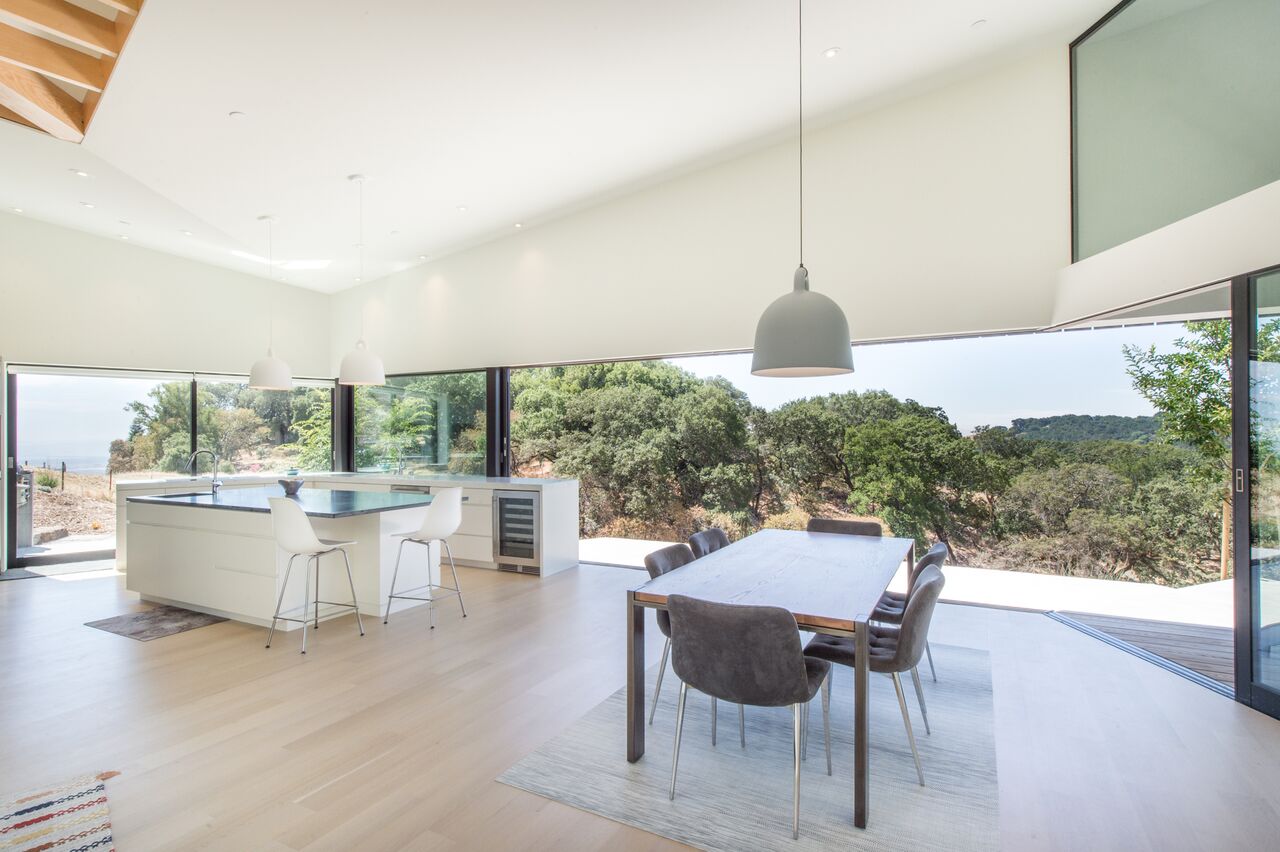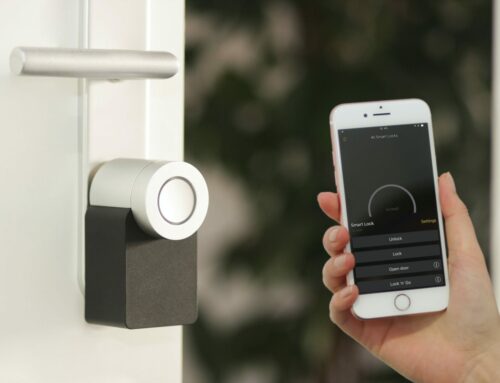Looking to install a hardwood floor but not sure where to start? When it comes to flooring, evaluating your options can be overwhelming! As a premiere California custom home builder, Annadel Builders Inc. believes in providing our clients with all the information necessary for a successful housing project. For this reason, we’ve compiled a complete hardwood flooring guide that helps you explore your choices. Use it as a checklist while you begin the process of choosing and installing your new floor.
- Grading – While grading does not affect the durability or strength of flooring, it is a helpful tool for measuring appearance quality. Most wood floorings fall into one of three different grading categories depending on color variations, board length, and imperfections. The first grading category—the Select grade—appears more uniform in color and graining. These boards have the least degree of tone variation and imperfections. The next grade down is known as #1 Common. This grade has more noticeable variations in length and color and may feature small knots and holes. Finally, there is #2 Common, which sports a more rustic appearance that compliments country or cabin-style homes. These boards are likely to feature large knots and frequent variations in tone.
- Species – The species of wood you choose has an important impact on the durability of your floor. The denser the wood, the better equipped it will be to resist damage. Use the Janka Hardness Test as a scale for choosing a hardwood flooring that best compliments your home and lifestyle.
- Surface finish – After selecting the grade and species of flooring, the next step is choosing a finish. Luckily, you’ve got plenty of options within three main categories: Water-based polyurethane, oil and wax, or aluminum oxide. Water-based polyurethane is a clear stain that is typically used in both factory finishes and onsite jobs. This stain has multiple layers of sheen and provides a strong, basic layer for your floor. Oil and wax finishes are also commonly used as protective shields that guard against scratches and stains. While easy to apply, these finishes will need to be reapplied every 3-5 years. Finally, aluminum oxide finishes are found exclusively on pre-stained flooring and can offer the highest level of protection—up to 25 years.
- Gloss – The degree of sheen you choose for your hardwood is important not only as a design choice, but also as the determining factor in how much maintenance your floor requires. The greater the sheen, the more smudges and footprints will show. The highest gloss finishes have a 70% luster and require the greatest amount of upkeep. Semi-gloss flooring at 55% luster is the next step down and is slightly more forgiving. This finish is often considered more attractive than high-gloss finishes, which are more apt to resemble gymnasium flooring. The third and most popular option is satin finish. At 40% luster, these finishes are easy to keep clean while retaining enough shine to show off your floorings natural beauty. The last option is matte flooring. Counterintuitively, this flooring tends to accumulate smudges as easily as high-gloss. But, while difficult to maintain, matte flooring blends well with both modern and traditional style and is a popular option.
- Board thickness – As a rule, hardwood boards should be at least ¾-inch thick to ensure stable, durable flooring. Although slightly more expensive, buying thicker boards will require less repairs and replacements and will pay for itself in the long run. In fact, ¾-inch boards can be sanded and refinished up to seven times before requiring a replacement!
- Unfinished vs Prefinished – Should you opt for unfinished or prefinished hardwood? The answer depends on what you’re looking for. Prefinished wood comes with factory-grade finishes, warranties, and is available in multiple styles and sizes. In general, it’s also easier to install. Unfinished boards, however, afford the advantage of being highly customizable, giving you the option to mix different stains until you find the perfect shade. Unfinished boards are also typically easier to clean and provide more of a flush look than prefinished wood’s microbeveled edges. Both options have their advantages, and in the end, it comes down to what works best for you.




